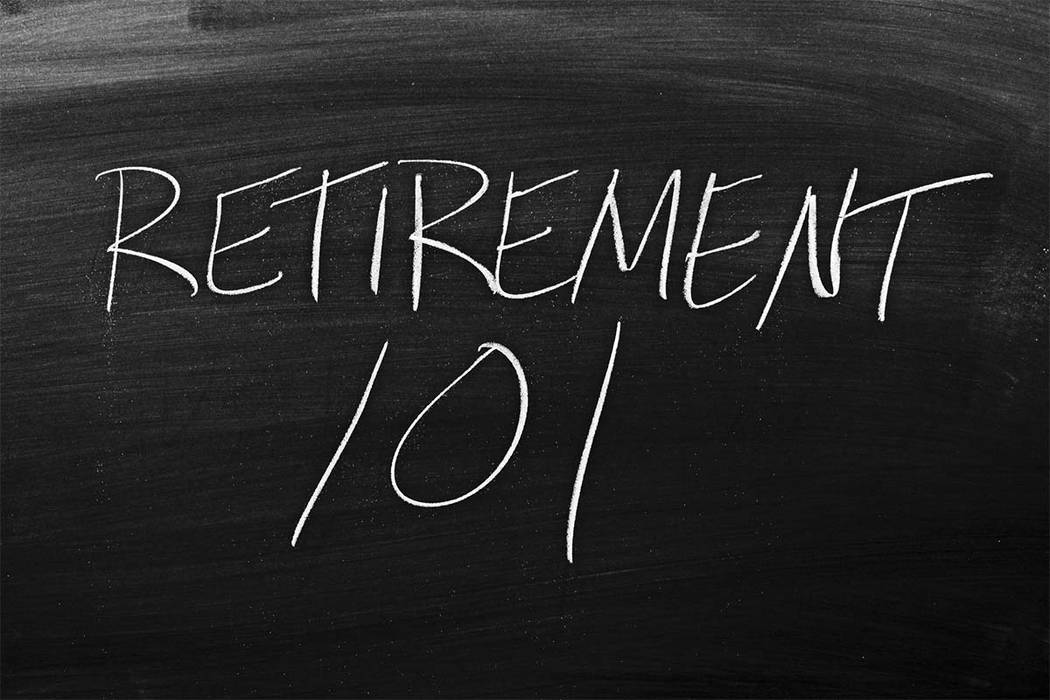Once again the folks at the Nevada Policy Research Institute have put out a jeremiad lamenting the state’s self-defeating, tax-draining, counter-productive public employee retirement system.
The opinion section of the Sunday newspaper carries an op-ed by Robert Fellner, director of transparency research at NPRI, that points out that the Public Employees’ Retirement System of Nevada provides a powerful disincentive for experienced teachers, school administrators and other public workers to continue working and providing services to taxpayers.
For example, if Clark County Schools Superintendent Pat Skorkowsky were to continue working to age 60 — instead of retiring next year at age 53 after 30 years on the job as announced — he would forfeit approximately $1.5 million in PERS payments. The same principle, though lesser amounts, applies to our most experienced classroom teachers, leaving Nevada’s youth, who already trail nearly every other state in educational achievement, in the hands of less experienced instructors.
Feller points out that if the state were to opt for a 401(k)-style retirement plan — as in the private sector — there would be an incentive to continue working because retirement benefits would grow every year instead of reaching a maximum after 30 years.
This is something we have been advocating for years. While various proposals have been floated, all have been sunk by the entrenched public employee unions.
In 2011 a report drafted for the NPRI by Andrew Biggs, an economist with the American Enterprise Institute, concluded the Nevada Public Employees’ Retirement System is vastly underfunded by more than $40 billion.
“What people don’t realize,” Biggs said to a luncheon audience back then, “is your typical public sector pension plan is a lot more generous than what a typical person is going to get in the private sector. Let’s just take a person and run their wages through what they would get from PERS versus what they could get from a typical 401(k) plan combined with Social Security, because public employees here don’t participate in Social Security. They both pay the same amount on average. The total contribution is about the same, but the benefits for someone under PERS — for a full career employee — is somewhere around 50 percent higher.”
A year ago Fellner penned for NPRI “Footprints: How NVPERS, step by step, made Nevada government employees some of the nation’s richest.”
Fellner warned that “should today’s international no-growth economy stumble into the deep financial crisis that many forecasters fear, NVPERS’ fantasy economic forecasts will be replaced by immediate bankruptcy — leaving every Silver State household with a sudden, implicit, $50,000-plus tax liability.”
The report detailed how NVPERS benefits have ratcheted up over the decades by virtue of incremental benefit increases, collective bargaining gains, earlier retirement age, allowing the purchase of years of service, padding base pay with add-ons such as callback, standby, holiday, shift differential, extra duty, hazard and longevity pay, and simple compound interest.
Fellner noted that local government employees have taken advantage of their collective bargaining union contracts and negotiated to have their employers actually pay the employees’ pension contribution, claiming this is done in lieu of a salary increase or in conjunction with a salary decrease — even though local government pay checks rank eighth highest in the nation.
In a report published during the 2015 legislative session, NPRI’s Fellner wrote, “Over the past 20 years, the amount Nevada taxpayers contribute toward public employee retirements has skyrocketed — from $384 million in 1995 to $1.4 billion today. That’s an increase of more than 50 percent after adjusting for both inflation and membership growth.”
The giant sucking sound is drowned out by the chirping crickets.



[…] How Nevada provides a disincentive for experienced teachers and other employees to continue working Once again the folks at the Nevada Policy Research Institute have put out a jeremiad lamenting the state’s self-defeating, tax-draining, counter-productive public employee retirement system. […]